We shouldn’t need to tell you that sales teams have a big job and a lot to keep track of. After all, they’re a foundational part of maintaining any brand afloat. That said, they’re not in it alone, nor should they be. There are plenty of resources and technology that allow them to engage customers more effectively.
Here, we list some of our favorite tools for sales teams and what we love about them in the hopes of kickstarting your efforts to support your sales team.
What are sales tools?
Sales tools are apps, software, or other resources that improve the efficiency and effectiveness of a sales team. It’s a broad category because sales teams function differently. There’s a lot of overlap between what will help distinct sales teams and independent factors to keep in mind.
Because the primary role of any sales team is to function as the company’s face, many sales tools focus on making it as efficient as possible to communicate and engage with customers or clients.
In the stats below, you’ll understand how sales tools can improve the efficiency and effectiveness of sales reps:
- Sales reps that are happy with their sales tools are 18% more likely to consider themselves successful at their jobs and 28% more satisfied in their roles. (Pipedrive)
- 61% of overperforming leaders use their CRM to automate parts of their sales process, vs. 46% of underperforming leaders. (HubSpot)
- 73% of salespeople use sales technology to close more deals. (LinkedIn)
- The number of types of tools used consistently among the majority of respondents went up by 300%. (Membrain)
- 71% of all sales professionals and 90% of top sales professionals already use social selling tools. (SalesIntel)
How do sales teams can use technology to sell
The key to using sales technology is to make sure the entire sales team is committed to using them consistently and correctly. Finding technology that is truly more efficient and not just trendy or flashy can guarantee maximum buy-in because sellers can see the benefit quickly.
It’s also essential to make sure that your technology works alongside each other. If it fails to live up to the promise of improving sales productivity, automating tasks or increasing customer engagement, then you may need to reconsider your choices.
Types of Sales Tools — Our Top Ten
1. LinkedIn Sales Navigator
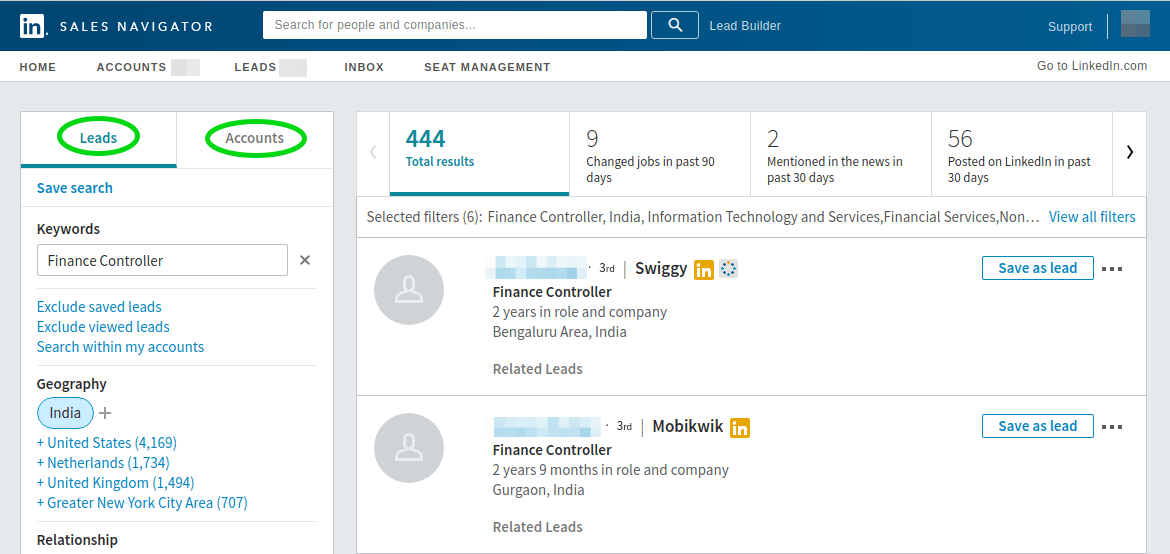
Image of the LinkedIn Sales Navigator Interface retrieved from artplusmarketing.com.
Sales Navigator by LinkedIn is a compilation of many LinkedIn features, all targeted towards making the LinkedIn experience more efficient and more fruitful. These features include:
- Access to LinkedIn Learning
- Unlimited saved searches
- Full access to a list of everyone who has viewed your profile in the last 90 days
- Additional InMail credits
- Advanced search and sales spotlights
- Lead and account recommendations
- Sync capabilities with major CRMs
- And more.
Sales teams looking to adopt social selling as part of their process, then Sales Navigator may be just the ticket. It’ll help your sales team centralize their pipeline-building efforts and level up their ability to connect with prospects. Just ask the sales team at Sparq Designs, who found that the price was worth it after just one quarter of using the tool.
2. Sales Engagement
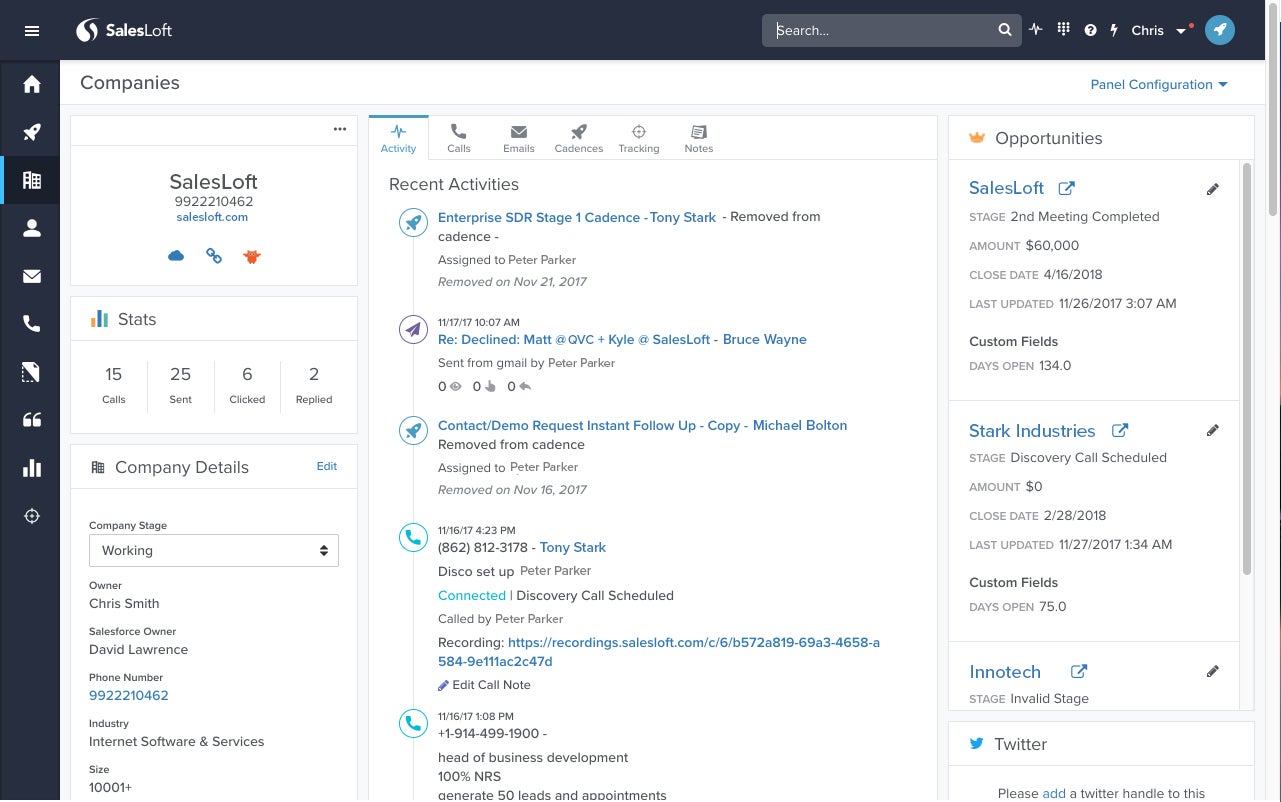
Salesloft gif courtesy of Salesloft
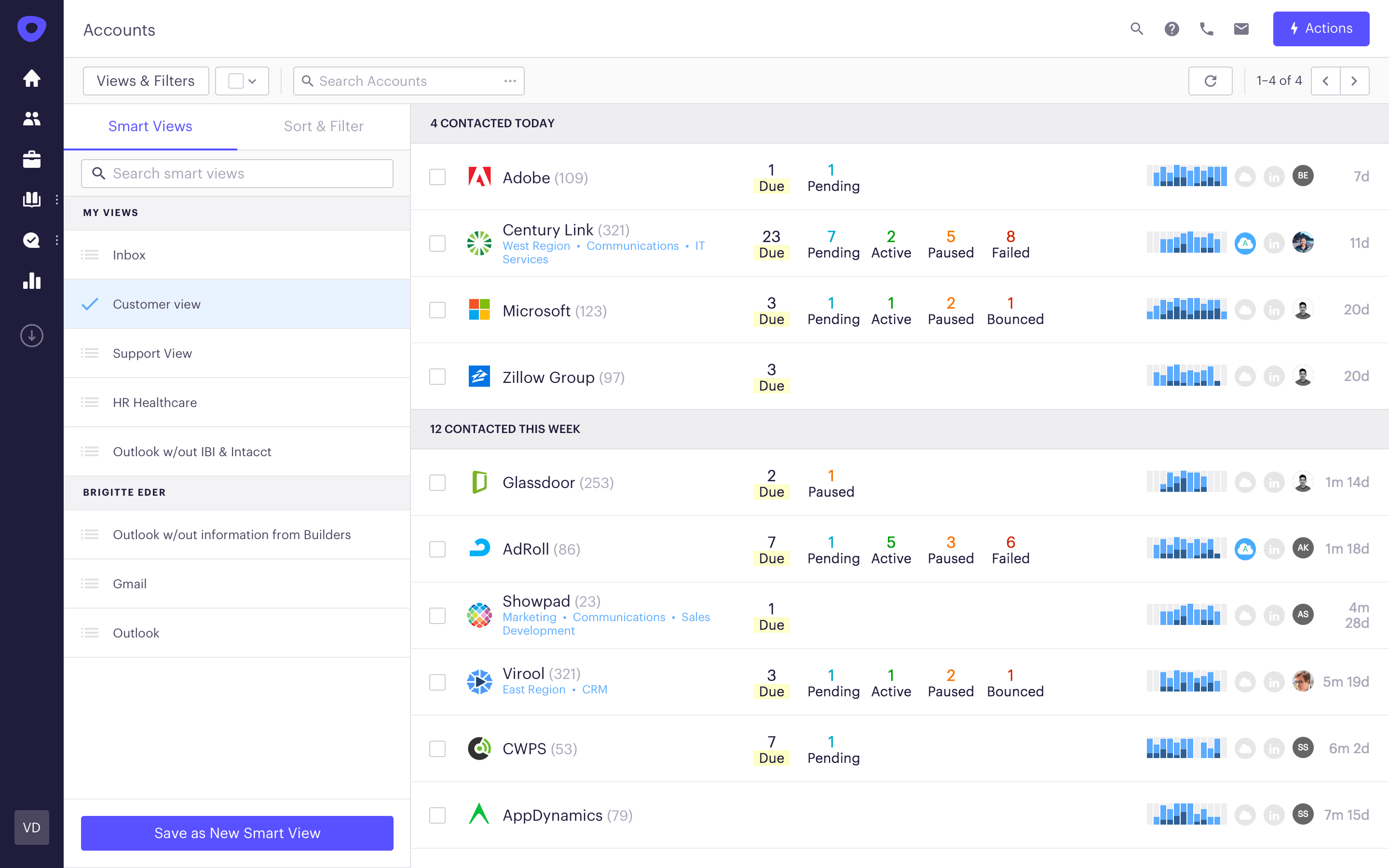
Outreach screenshot courtesy of Outreach
Sales engagement technology is meant to scale outreach efforts while allowing each sales rep to add their personal touch. In a sense, they work hand-in-hand with CRMs to channel the data stored in the CRM into actual efforts at connection.
They do many of the necessary work in making and maintaining connections but are guided by the sales team’s voice, directions and personal touch. The sales team can focus on the most critical aspects of the sales process while the more tedious tasks are automated in the background.
Two such platforms for sales engagement are Outreach and Salesloft. Most Salesloft users use the platform to set up communication cadences and track outreach activities, while Outreach users seek to streamline prospect outreach and track customer interaction history.
Outreach boasts Zoom, whose sales team credits the platform to properly align their message with their audience and integrate their various tools and platforms. Shopify, a Salesloft client, credits the platform with helping them to refine their message and quickly adapt their approach to engaging clients during the Covid-19 pandemic.
3. Sales Enablement
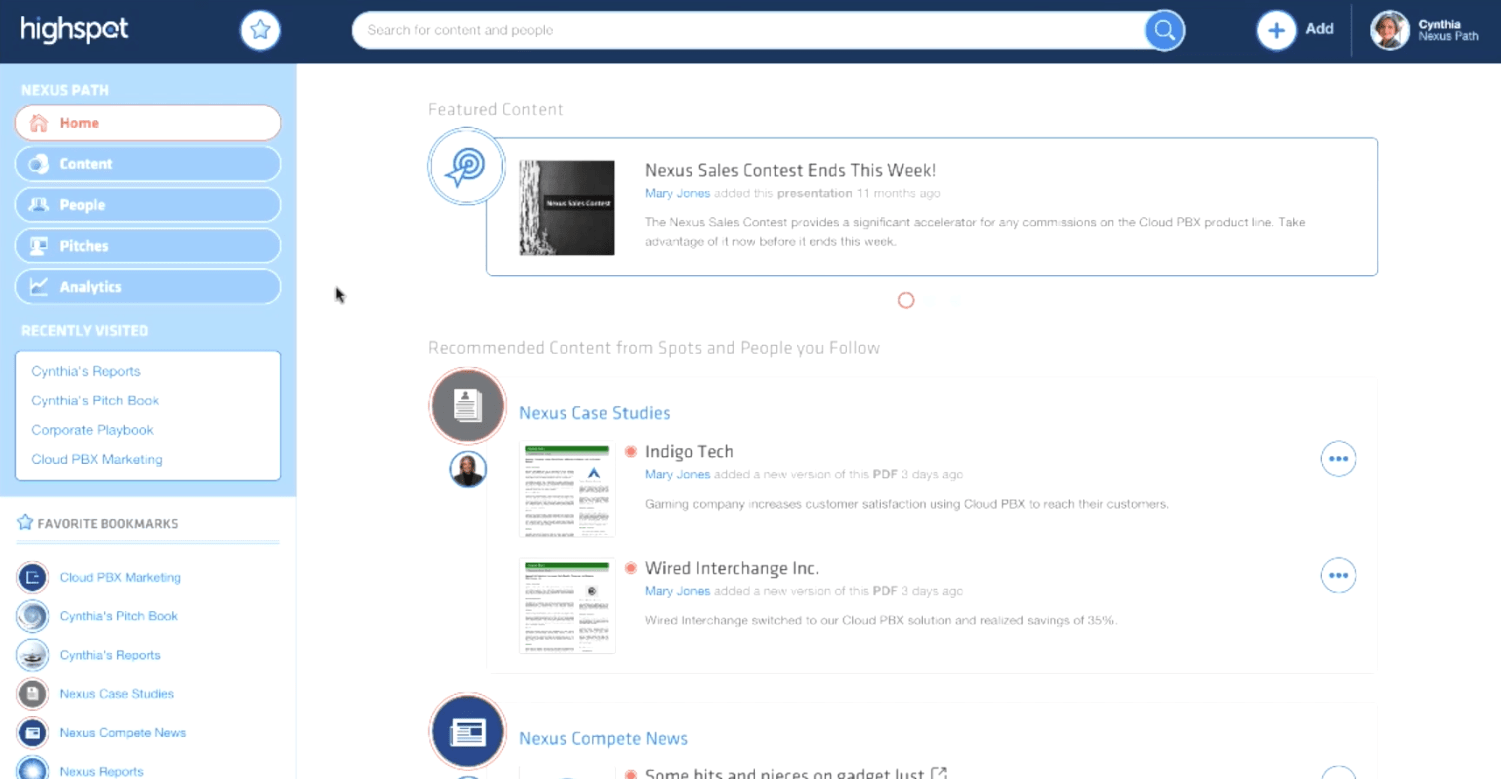
Highspot screenshot retrieved from SourceForge
Sales enablement technology does exactly what you’d expect — support and enable sales teams to execute their job. Of course, this is true of every tool on this list. According to Gartner’s market definition, sales enablement tools support native content, sales training delivery and reinforcement, and sales coaching. They can be used for direct sales and channel partners as well.
Platforms such as Highspot do this by providing higher visibility and usability of existing marketing content and virtual training and coaching on contemporary sales technology and the sales landscape. It’s built the reputation of being the simplest and most accessible for sales teams to use.
4. Sales Intelligence
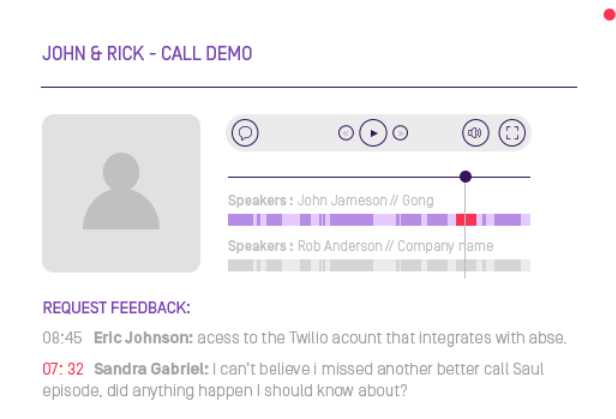
Gong.io screenshot retrieved from softwareadvice.com
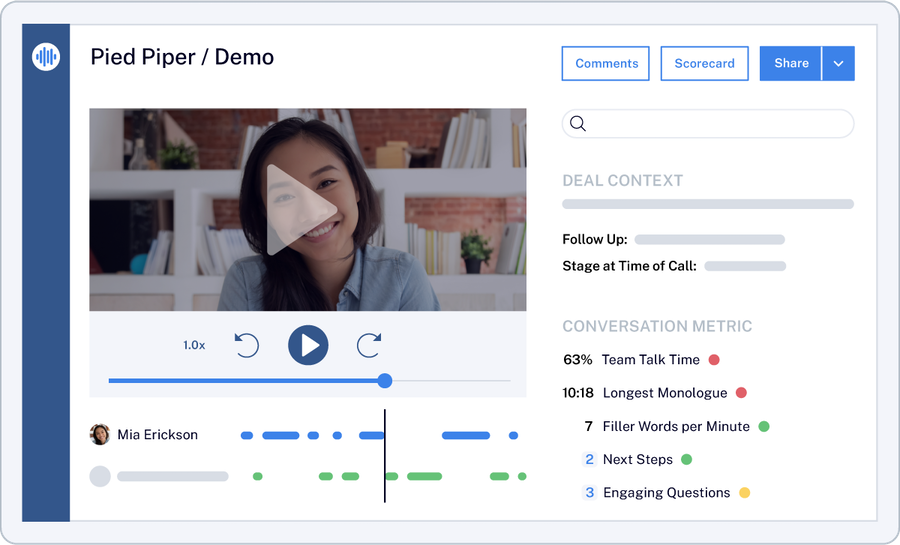
Chorus.ai screenshot courtesy of Chorus
Sales intelligence tools help map and analyze data that most CRMs only gather and store. This can provide users with an increased understanding of their clients, prospects, and sales cycles. In turn, it can help them make informed decisions and usher these prospects further down the pipeline.
Gong.io has proven itself as an effective sales intelligence tool to users such as Zillow and Survey Monkey. Their tagline says it all: Goodbye opinions. Hello, reality. They provide the factual information and trends needed to make decisions based on fact instead of feelings.
Chorus.ai, like Outreach, is another tool used by Zoom and other large brands. They pride themselves on analyzing each interaction with a client or prospect, helping users understand what drives actual performance and keeping up the momentum to not lose someone partway down the pipeline.
5. CRM
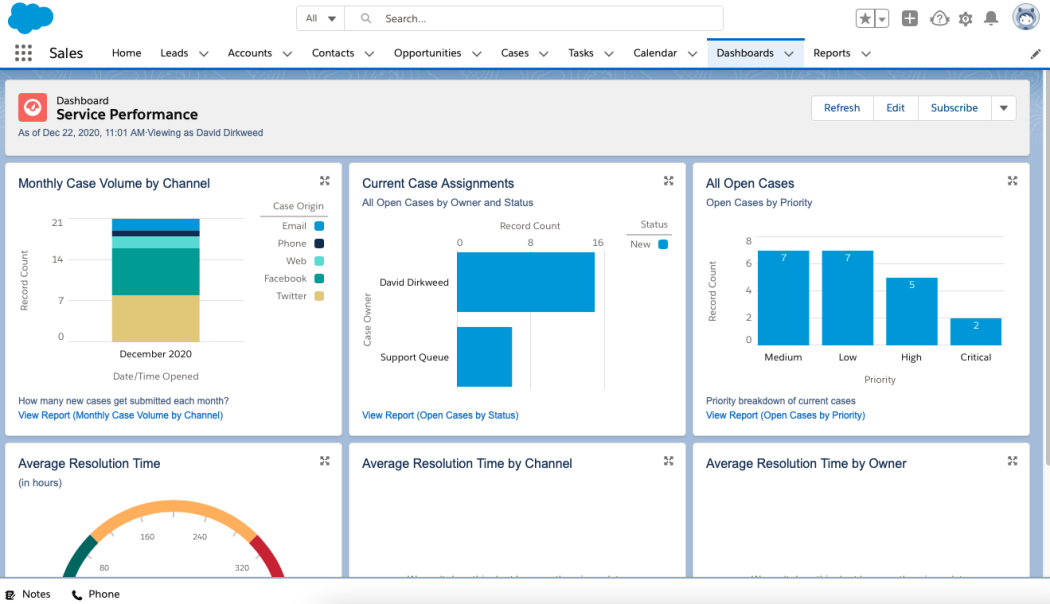
Salesforce screenshot courtesy of PC Mag.
The primary purpose of a CRM, or customer relationship management system, is to store data about the present, past, and potential future customers and clients. Using software for this task reduces the risk of human error and allows the sales team to focus on the relationships, not the data. The size of your company doesn’t matter. CRMs suitable for SMBs can help even the smallest businesses become more efficient.
Salesforce is one of the most consistently highly-rated CRM systems available today. With a steep learning curve, users find an acceptable price to pay for the advanced features and wide variety of compatible platforms. The sheer number of available add-ons makes it a highly adaptable tool for businesses of all sizes and types.
6. Video Selling
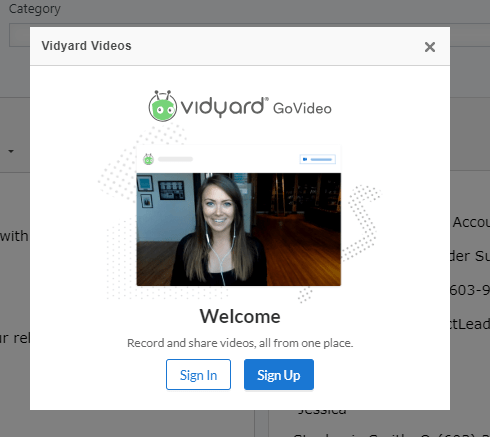
Vidyard browser add-on screenshot courtesy of PC FileWorldz
Video selling tools provide sales teams with the capability of creating and disseminating videos that aid in the selling process. These can include a wide range of videos, from a how-to screen capture explaining how to use a specific platform to a video interview with the brand’s CEO. The content and use cases for videos will vary depending on the solutions being offered and the audience’s draw.
Vidyard’s GoVideo tool also allows sales teams to track a video’s engagement after it has been shared, which is valuable for groups to still formulating their plans and approaches to online content. These videos can be an important personal touch in a world impacted by social distancing and work-from-home.
7. Website Chat
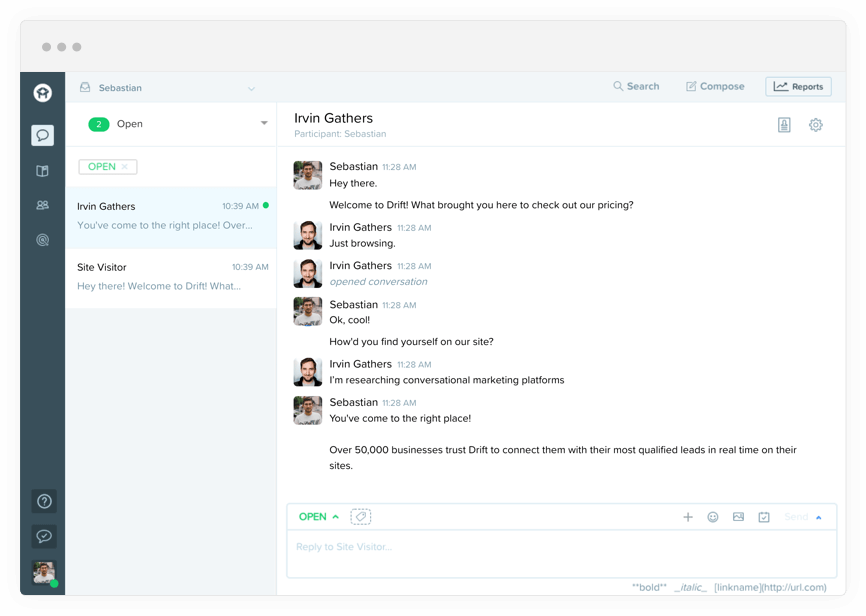
Screenshot of Drift’s customization options from Software Advice.
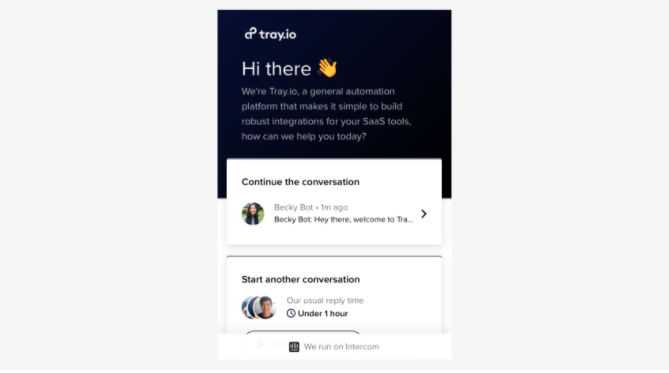
Intercom interface screenshot courtesy of tray.io
Website chat tools, or commonly called conversation intelligence, for sales teams help provide a clear line of communication with customers in the moment they’re interacting with the content on your website. They provide an automated version of the one-on-one connection that many clients appreciate, even if the sales team themself isn’t free.
For example, Drift allows clients to choose an avatar or name for their chatbot, so visitors to their site are greeted with a familiar face (even if it’s not a human one, as is the case with Gong’s dog chat assistant, Bruno).
Intercom is a similar chat tool that can be used by more than just marketing teams. Brands like ThreadBeast enjoy the tool for its “trifecta” of communication features, which extend from online support to automated emails.
8. Data Enrichment and Intelligence
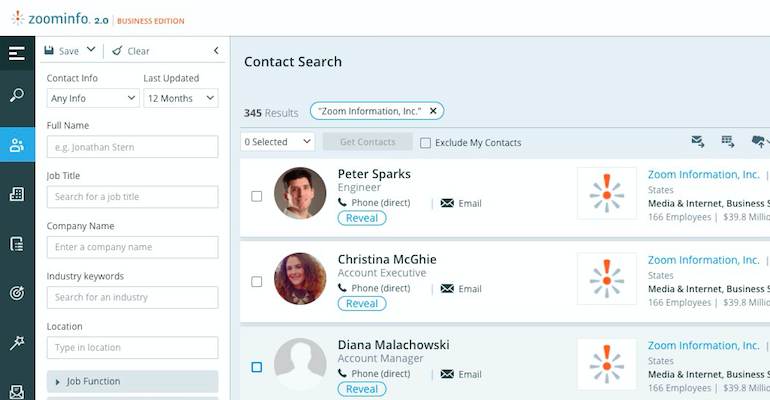
ZoomInfo screenshot courtesy of B2B News Network
Data enrichment tools fill gaps between other tools by preparing data for analysis. Ideally, they make collected data available in a variety of forms for sales reps to view and import into other platforms.
ZoomInfo adds to and updates contact information that sales teams have already gathered, helping teams like that at Northwestern Mutual to save time on the research and spend more time on the communication itself.
9. Contract Management
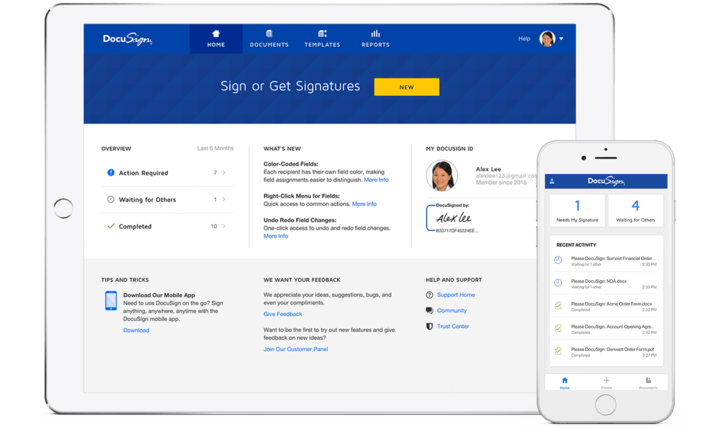
DocuSign screenshot courtesy of Really Good UX.
If they’re any good, sales teams deal with a lot of contracts. Managing those documents is important, and sales tools that focus on that management can minimize human error and busy work.
For example, DocuSign facilitates the contract cycle with features such as the ability to autofill document fields with CRM data and present documents for electronic signatures. The Seattle Opera makes use of DocuSign as a way to remain paperless and speed up the contract cycle with performers, many of whom need to sign contracts but live in other countries.
10. Employee Advocacy
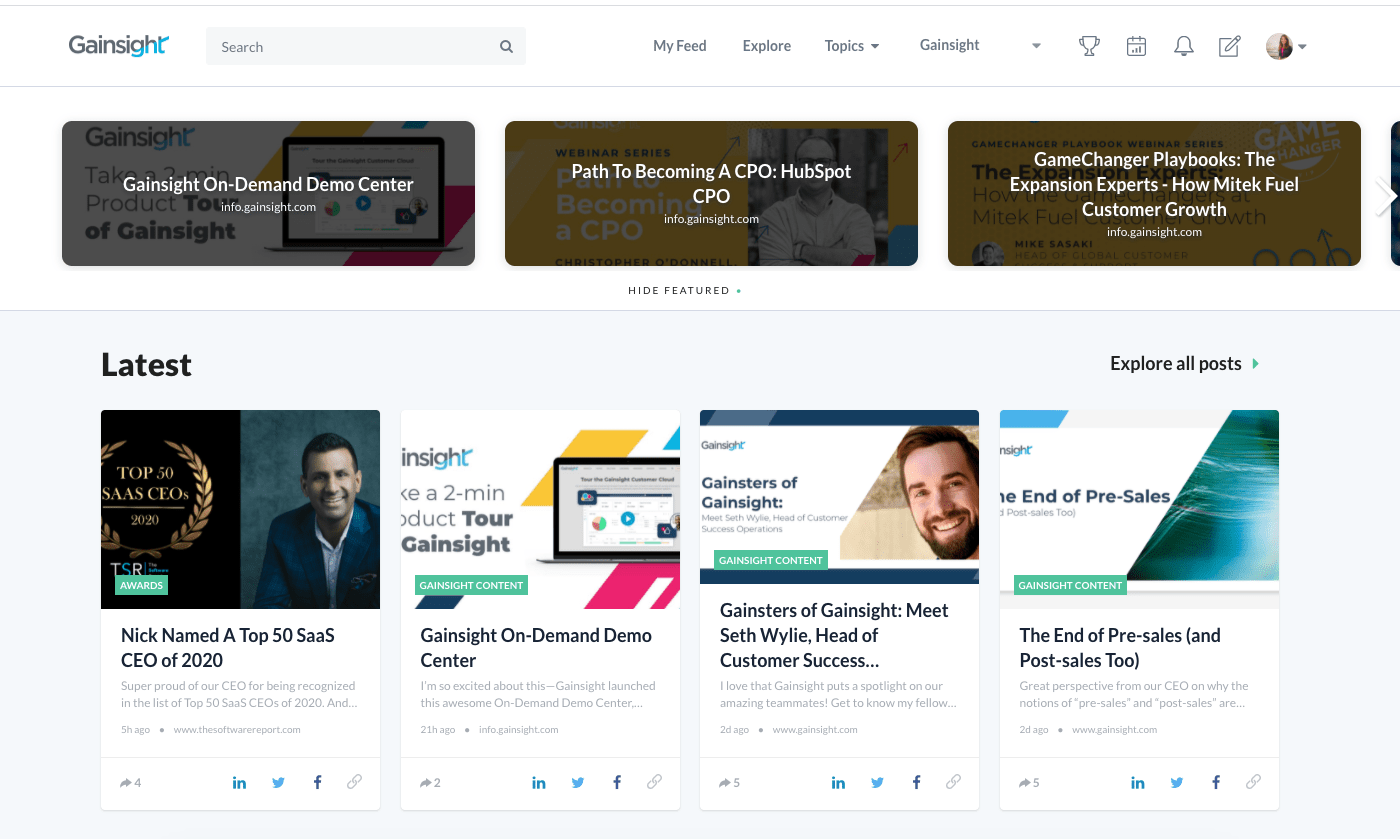
PostBeyond screenshot from PostBeyond.
You’re missing out on one important resource for disseminating marketing content. It’s not your branded channels, instead, it’s through your own employees, specifically the sales reps that make up your company.
Social selling is important, but most people don’t want to hear from a brand. Instead, they want to hear from other people like their peers. What’s more, your sales reps collectively likely have a much larger audience than you do as a brand.
Employee advocacy platforms like PostBeyond make it as easy as possible for employees to play a part in sales by providing and organizing content for employees to use while simultaneously gathering data with which the sales team can measure efficiency and success. Randstad USA is an excellent example of how PostBeyond is a scalable tool that can increase sales for companies of all sizes.
Enhance your sales team with technology
Sales technology is rapidly evolving to meet the demand of modern sales teams. With the right technology, tools can raise your sales team’s efficiency and further prospects down the sales pipeline faster.
Invest in your sales team’s success by considering what technologies are best to help your sales team’s process. This can include tools to automate tasks, improve workflows, and increase the amount of time your sales teams can spend building customer relationships.





